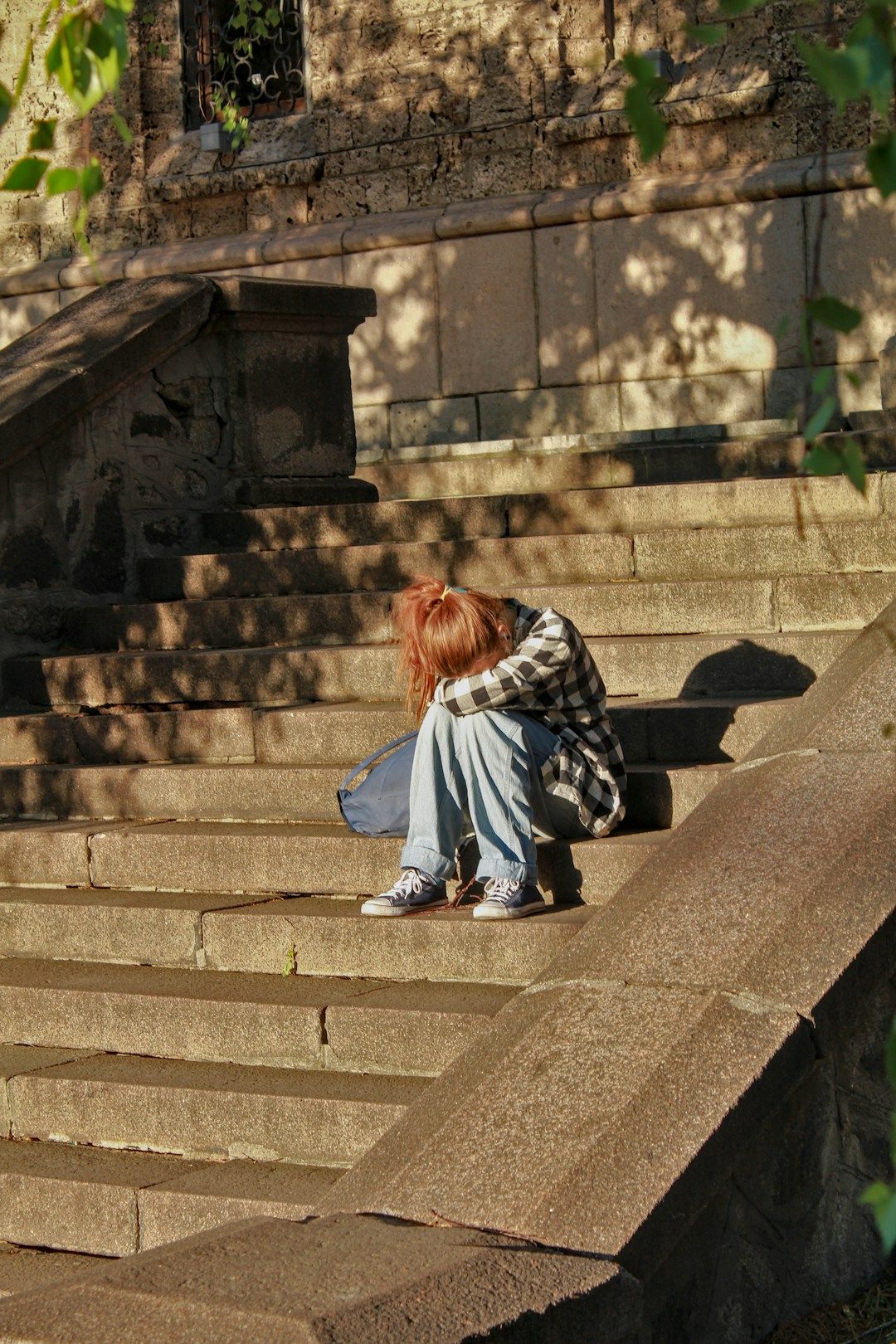Teenagers are often overlooked in nighttime economy planning.
Too young for bars and clubs, but often too old to be entertained by purely “family” activities, this age group can end up with few safe, engaging options in the evenings. Yet they represent a vital audience, one that is forming lifelong habits around culture, leisure, and community engagement.
When we design towns and cities that have nothing for them, we miss the chance to nurture future audiences for theatres, live music venues, and cultural spaces. We also miss the opportunity to keep them safe, inspired, and connected to their communities.
I have seen this first-hand when working in over 40 towns and cities across the UK, Ireland, and internationally. If teenagers have nowhere safe, affordable, and interesting to go in the evenings, they often end up in unsafe, unmonitored environments or disconnected from local culture altogether.

Why We Need a Greener Night-Time Economy:
How Can We Make the Night-Time Economy More Environmentally Friendly?
Funding for Green Night-Time Projects
Write your awesome label here.
Final thoughts
Investing in a teenage nighttime offer is not just about entertainment. It builds future audiences for arts, music, and culture, creates safer public spaces, nurtures creative skills, and strengthens connections between young people and their cities.
Teenagers are not simply the “audience of tomorrow” – they are active citizens now. If we want thriving, inclusive night-time economies, they must be part of the plan.
If you are a venue, local authority, or festival looking to expand your evening and night-time offer for young people, my team and I can help with strategy, programming, and engagement. Together, we can create spaces where teenagers feel excited to spend time, take pride in their city, and feel safe after dark.
